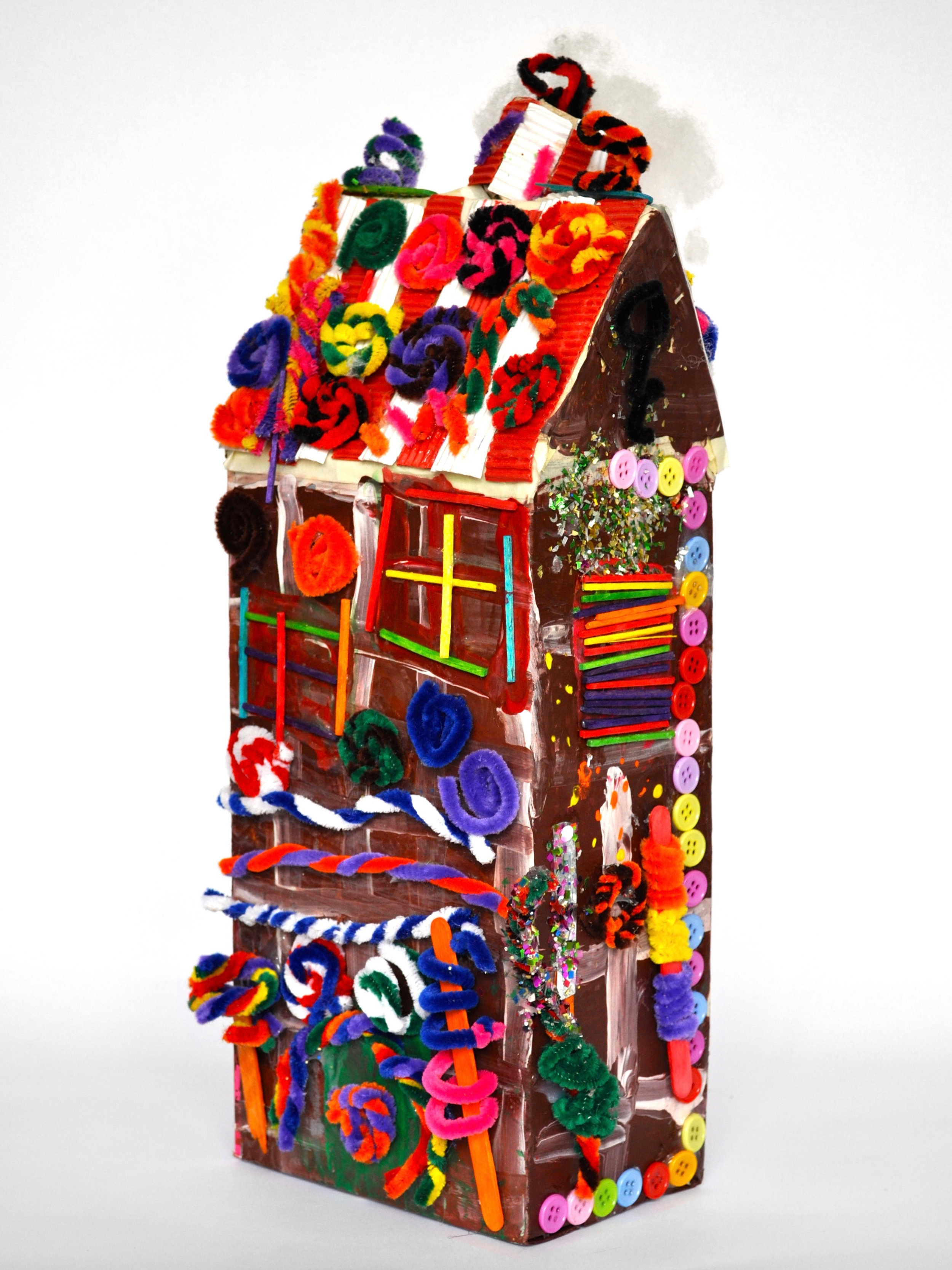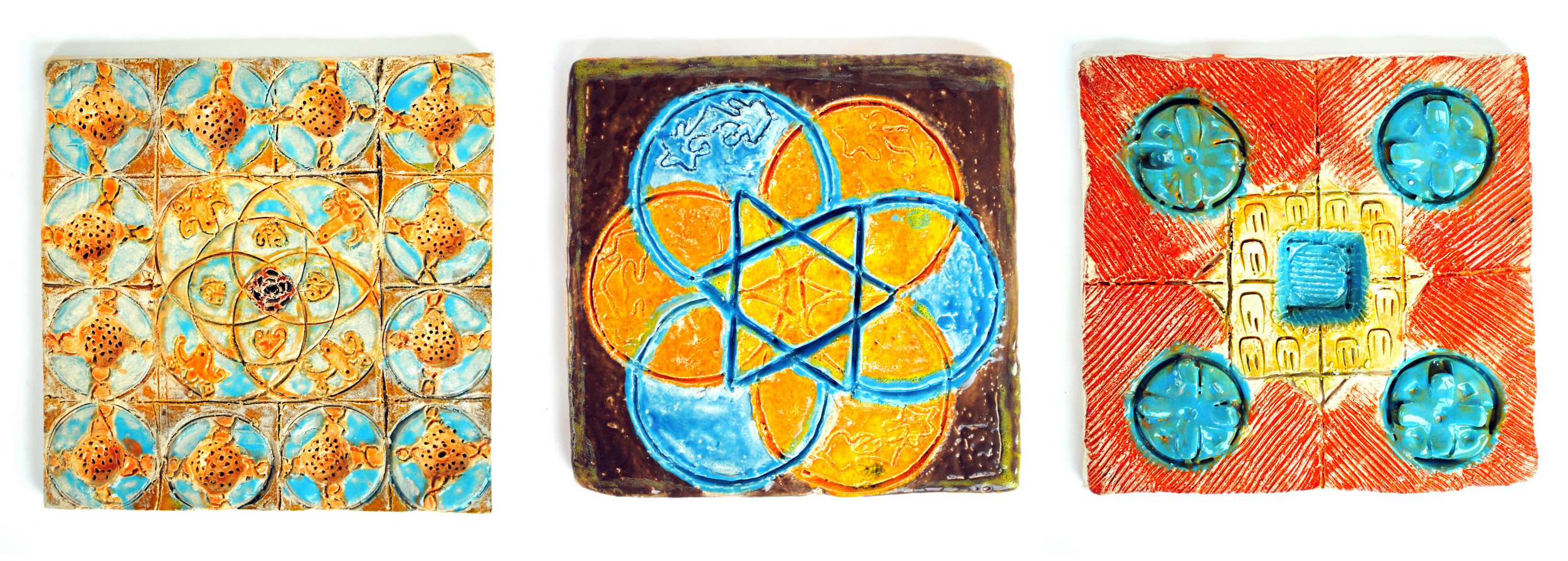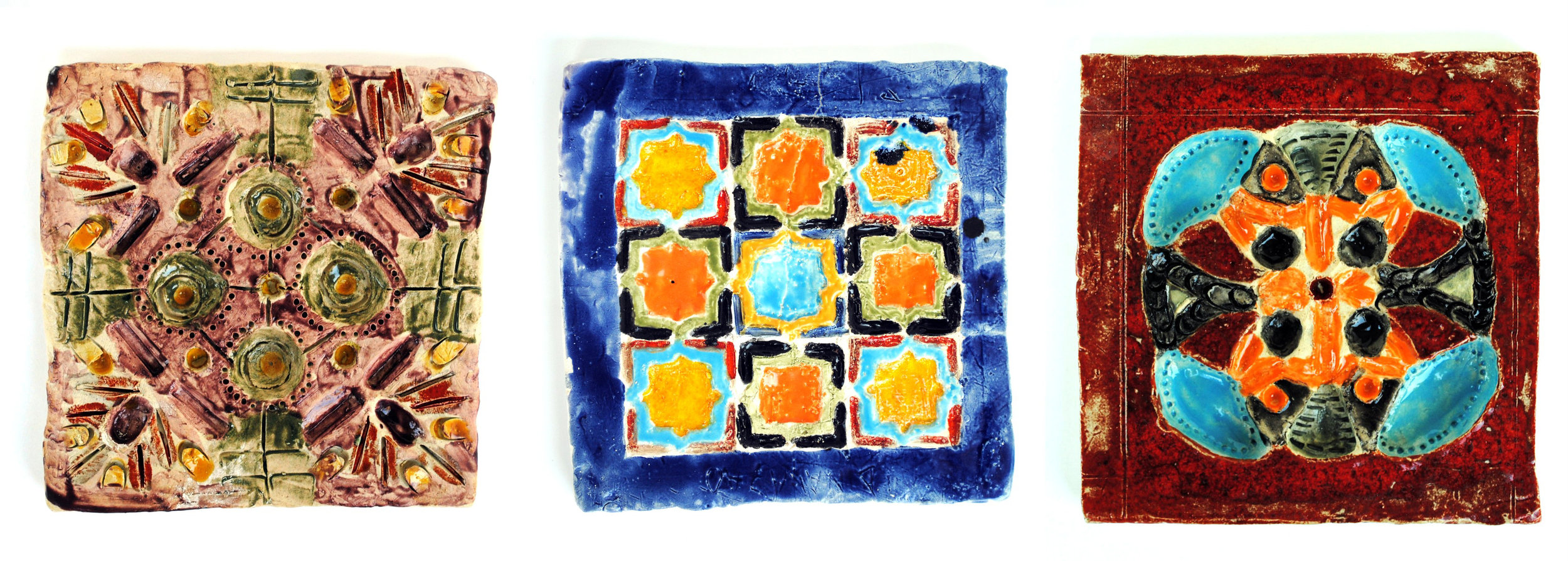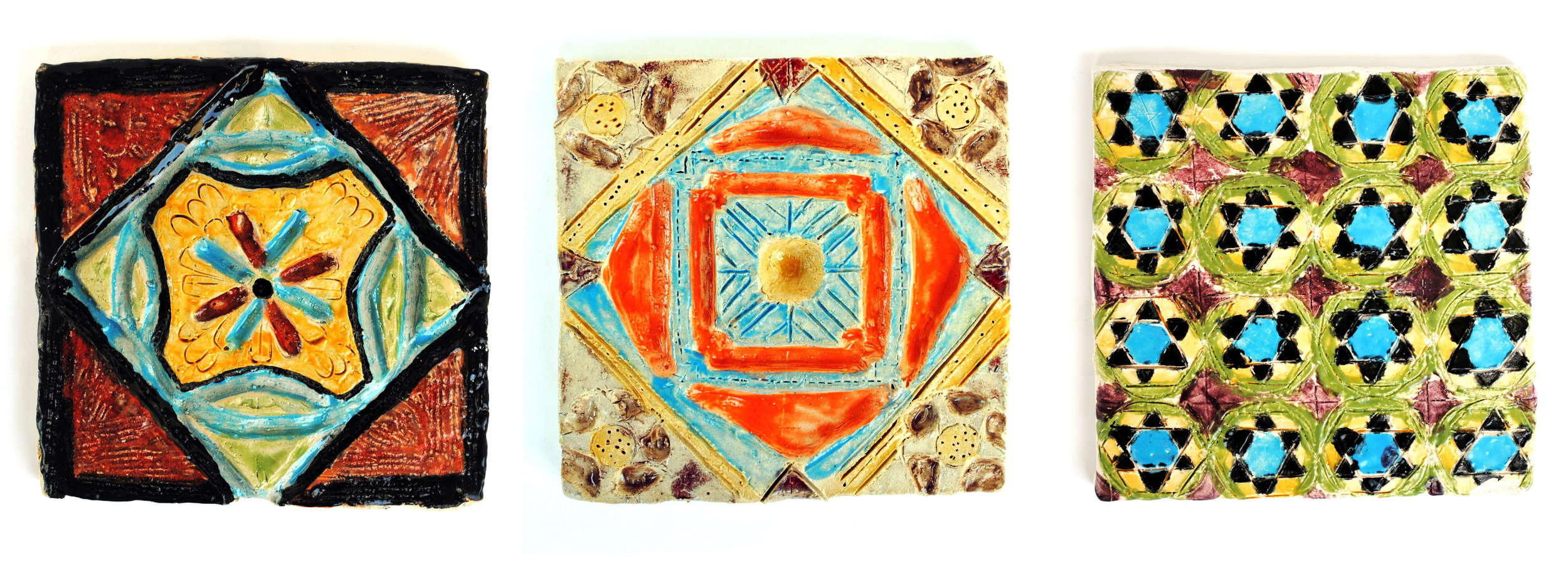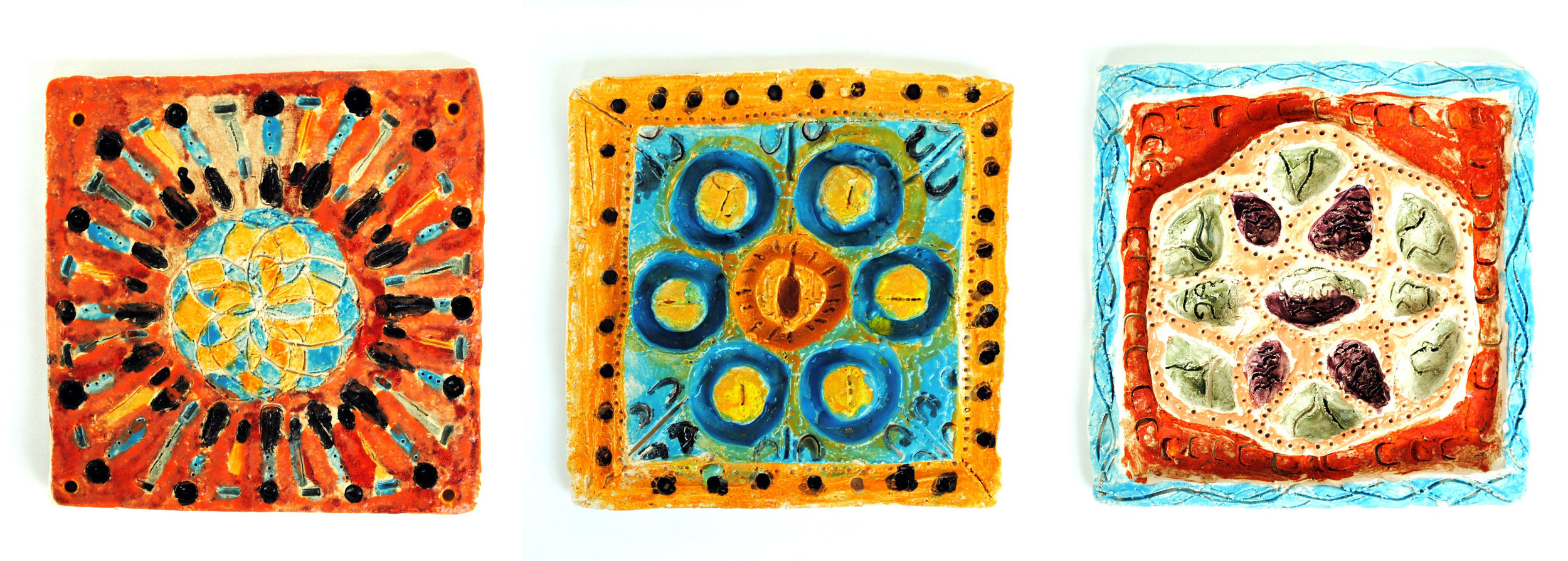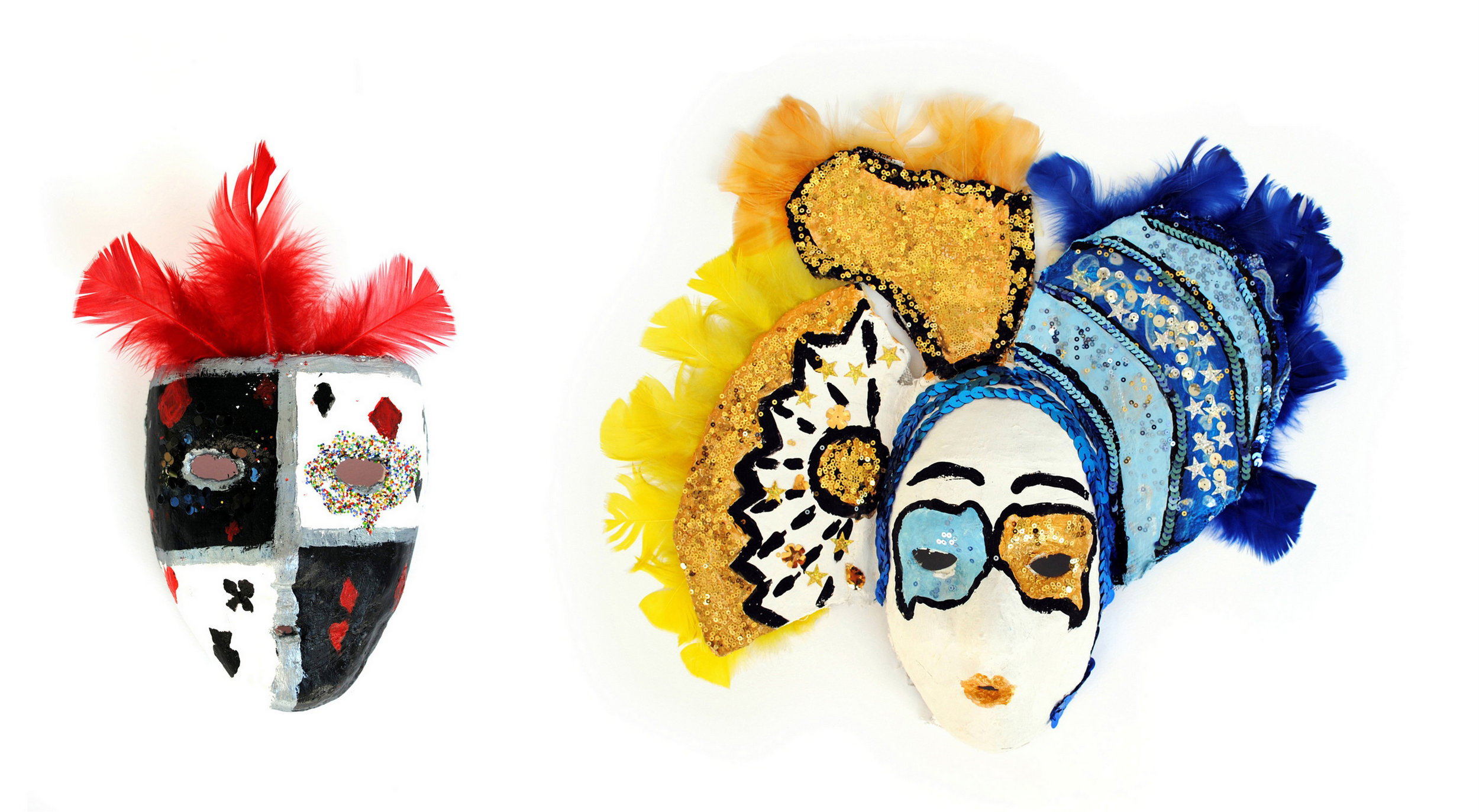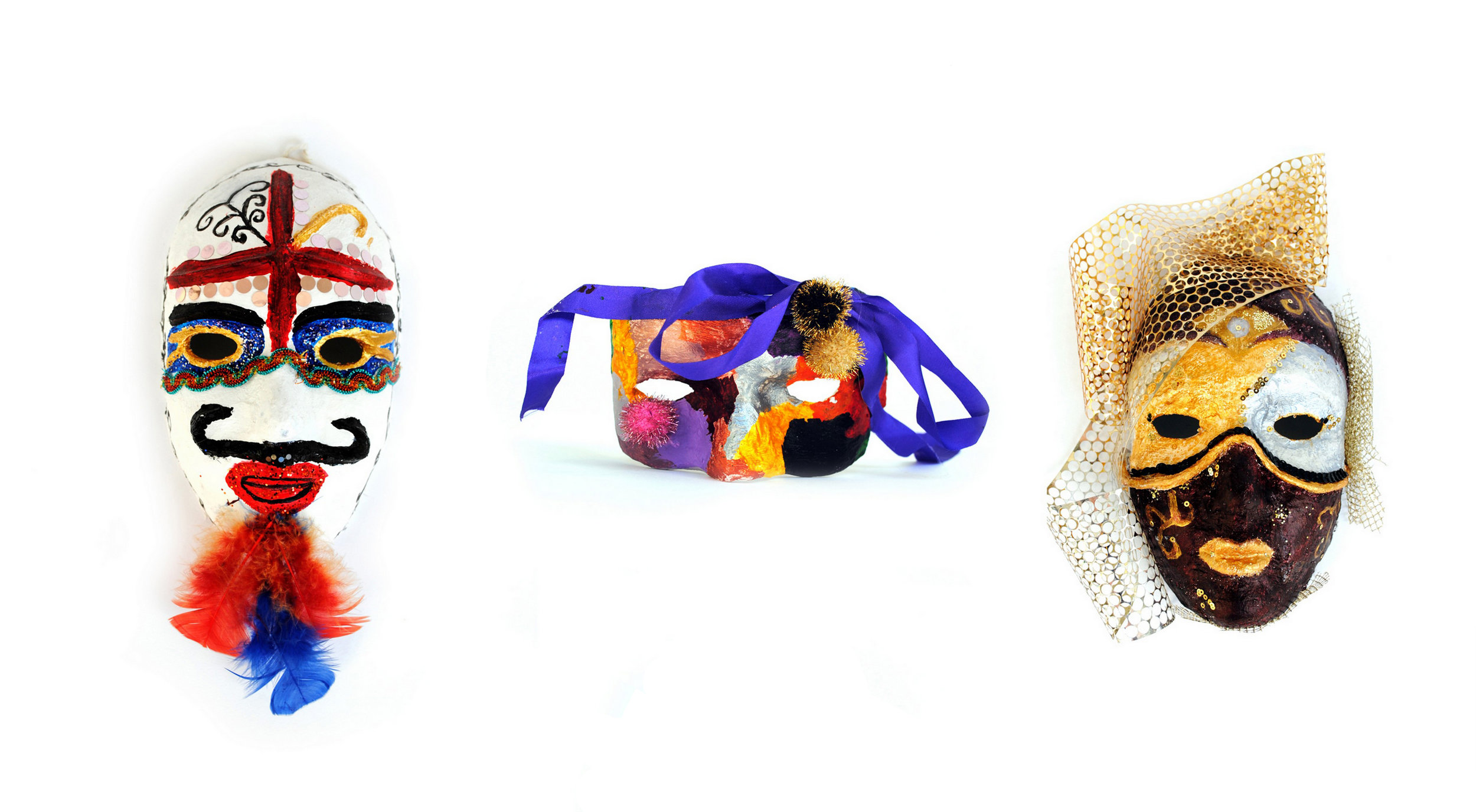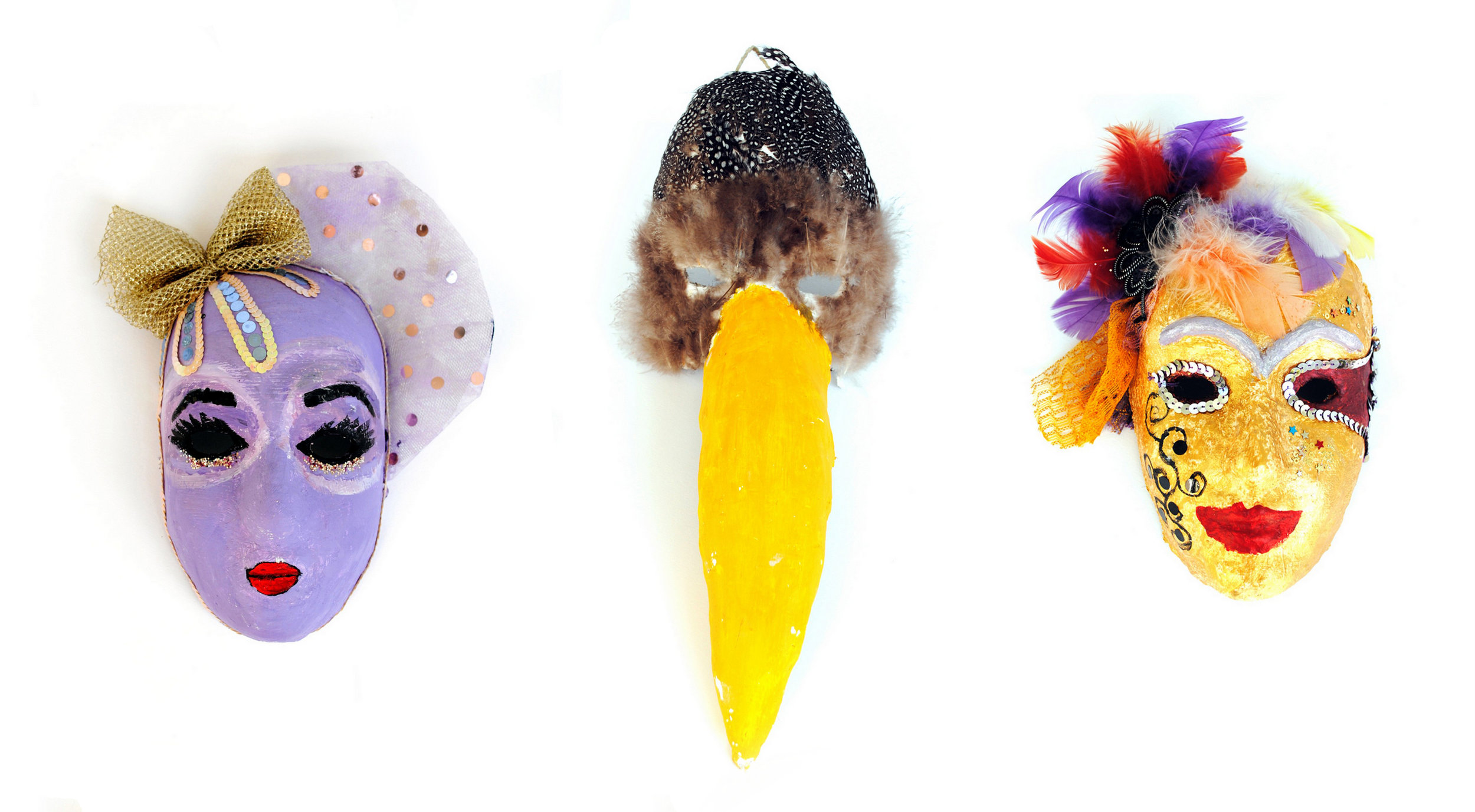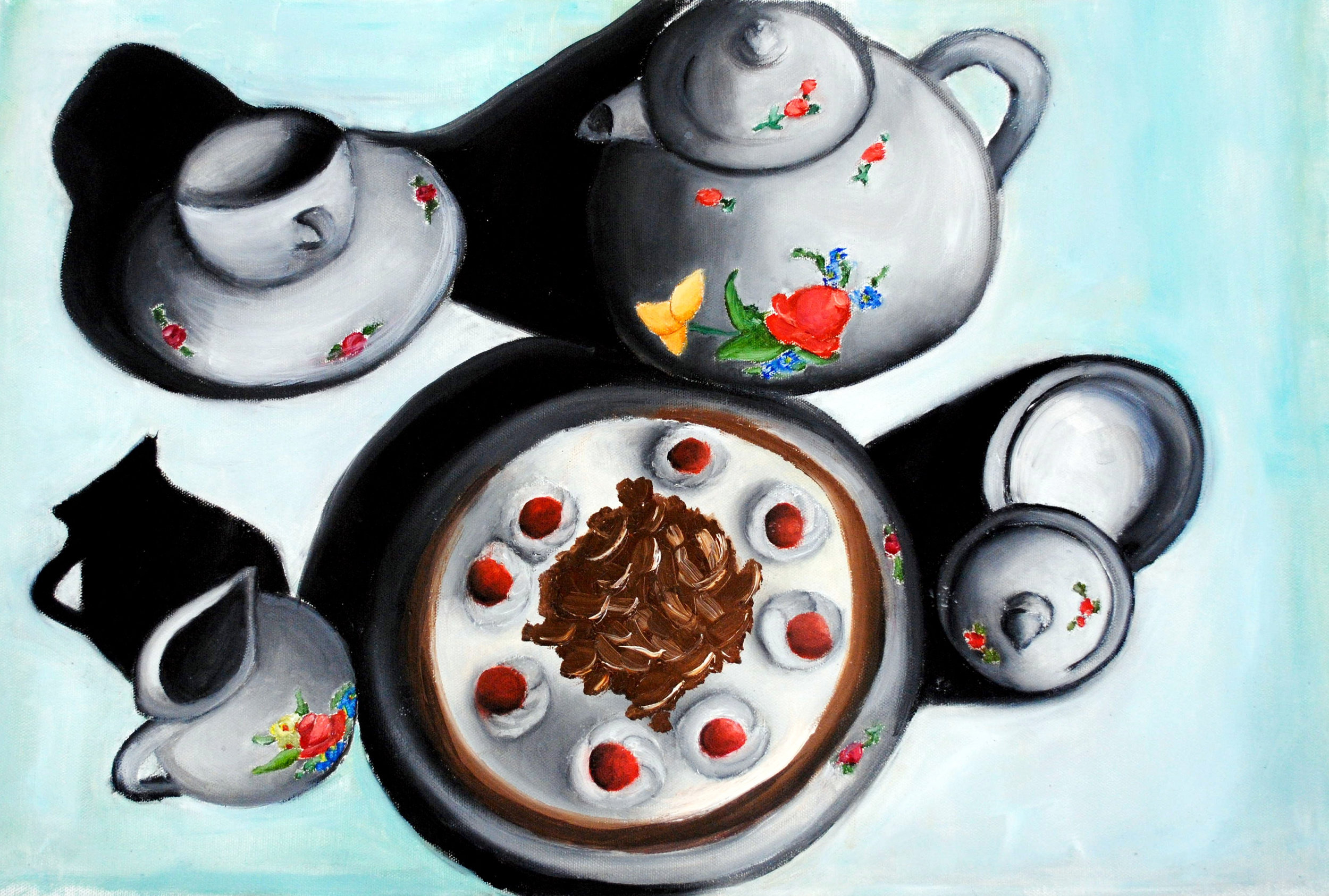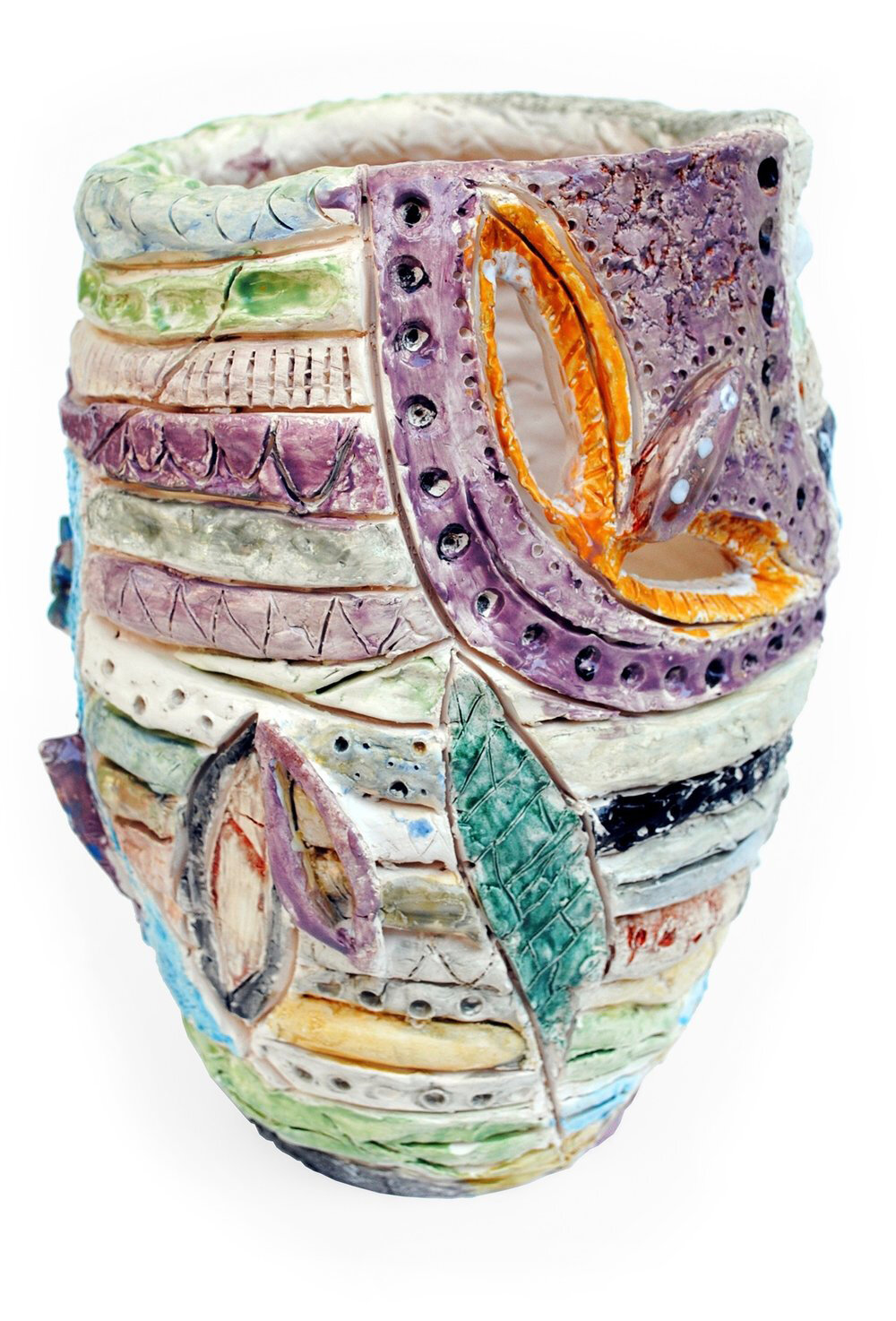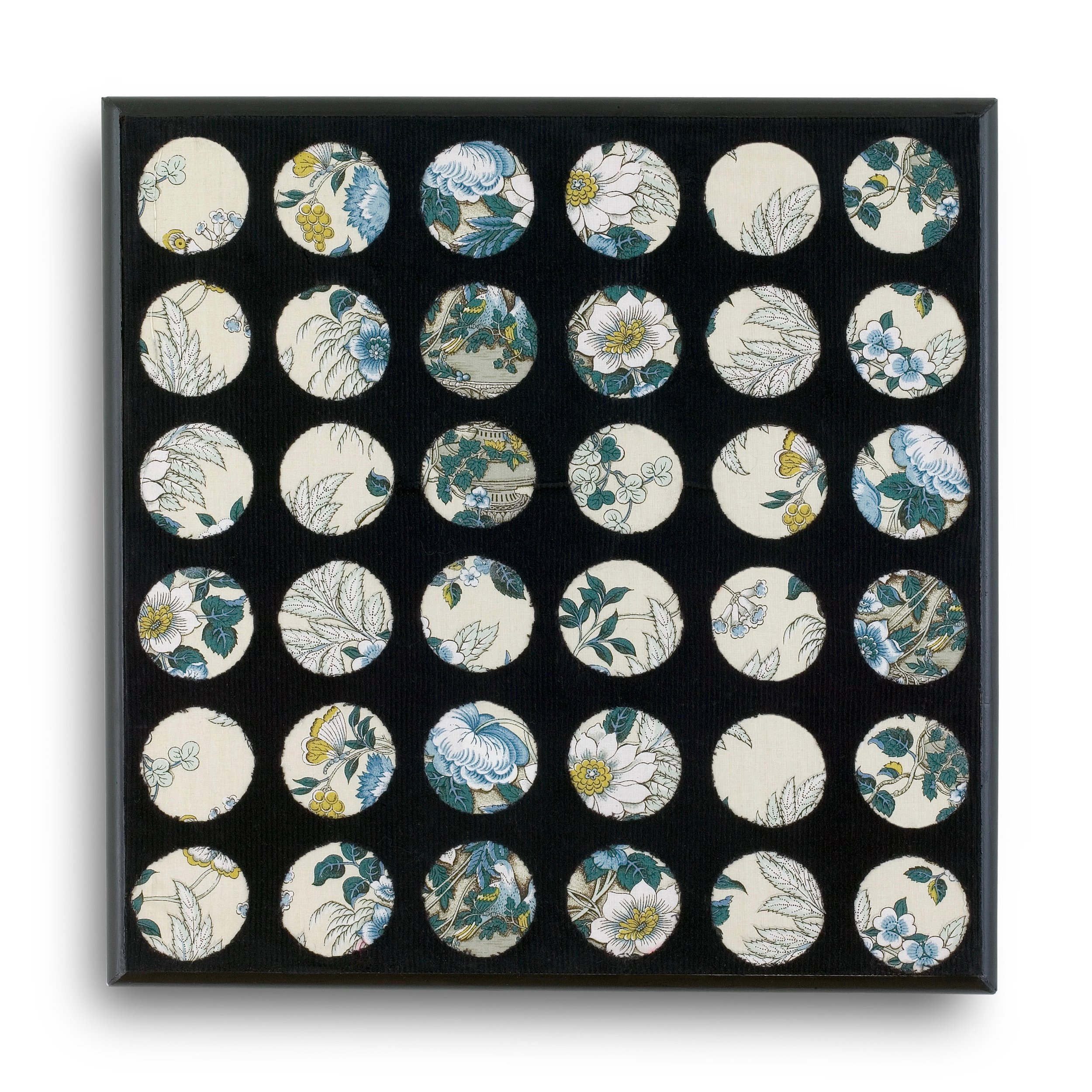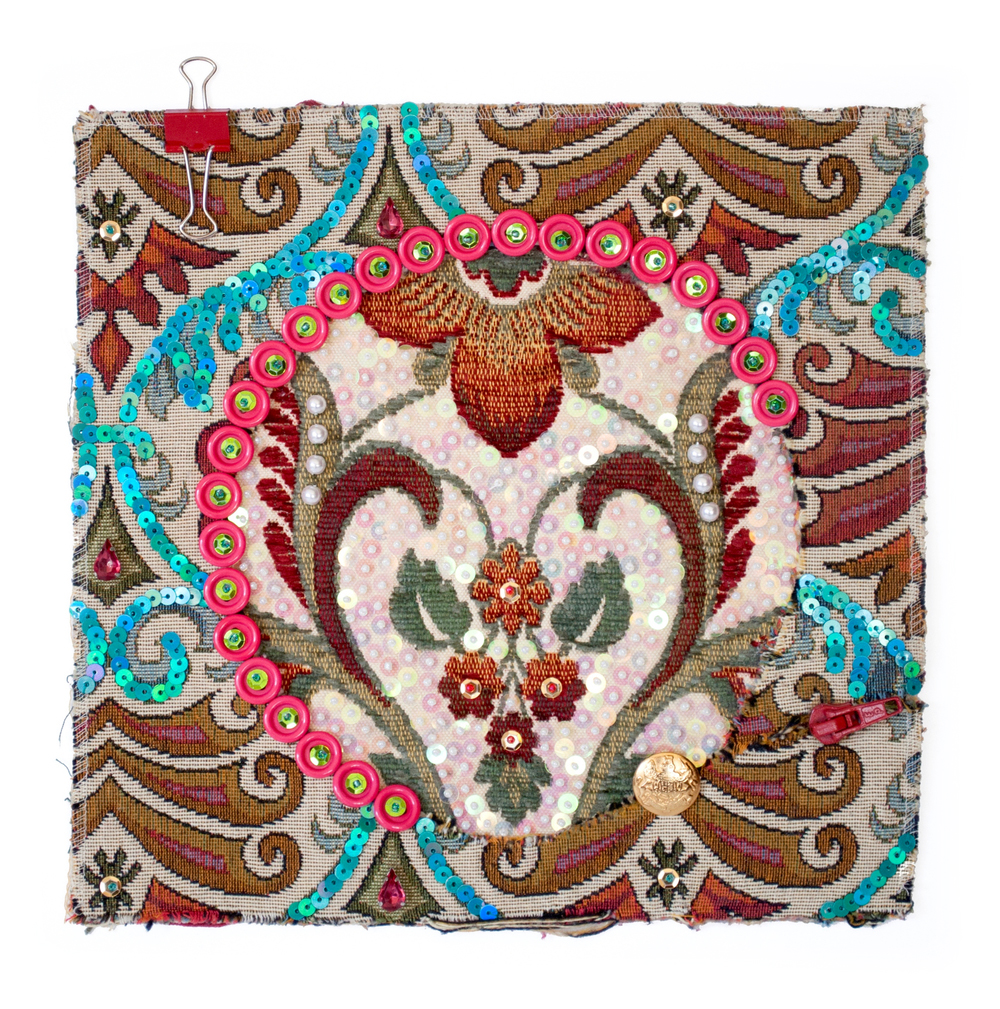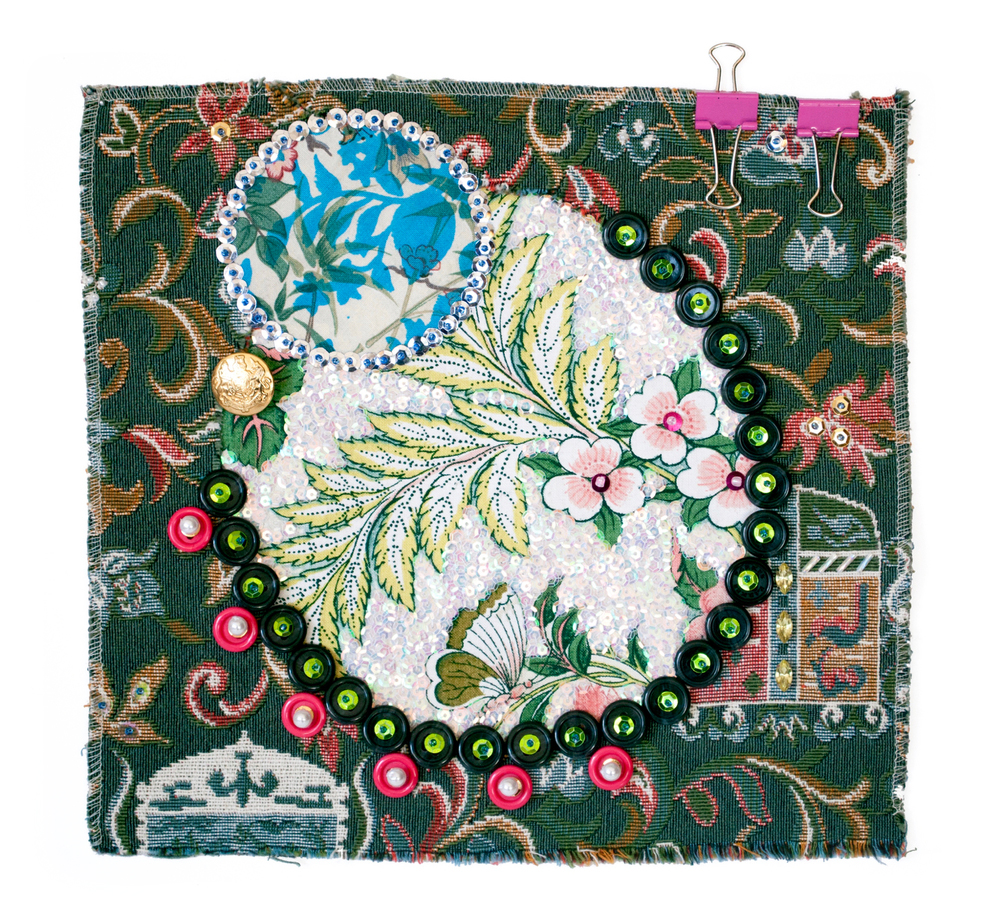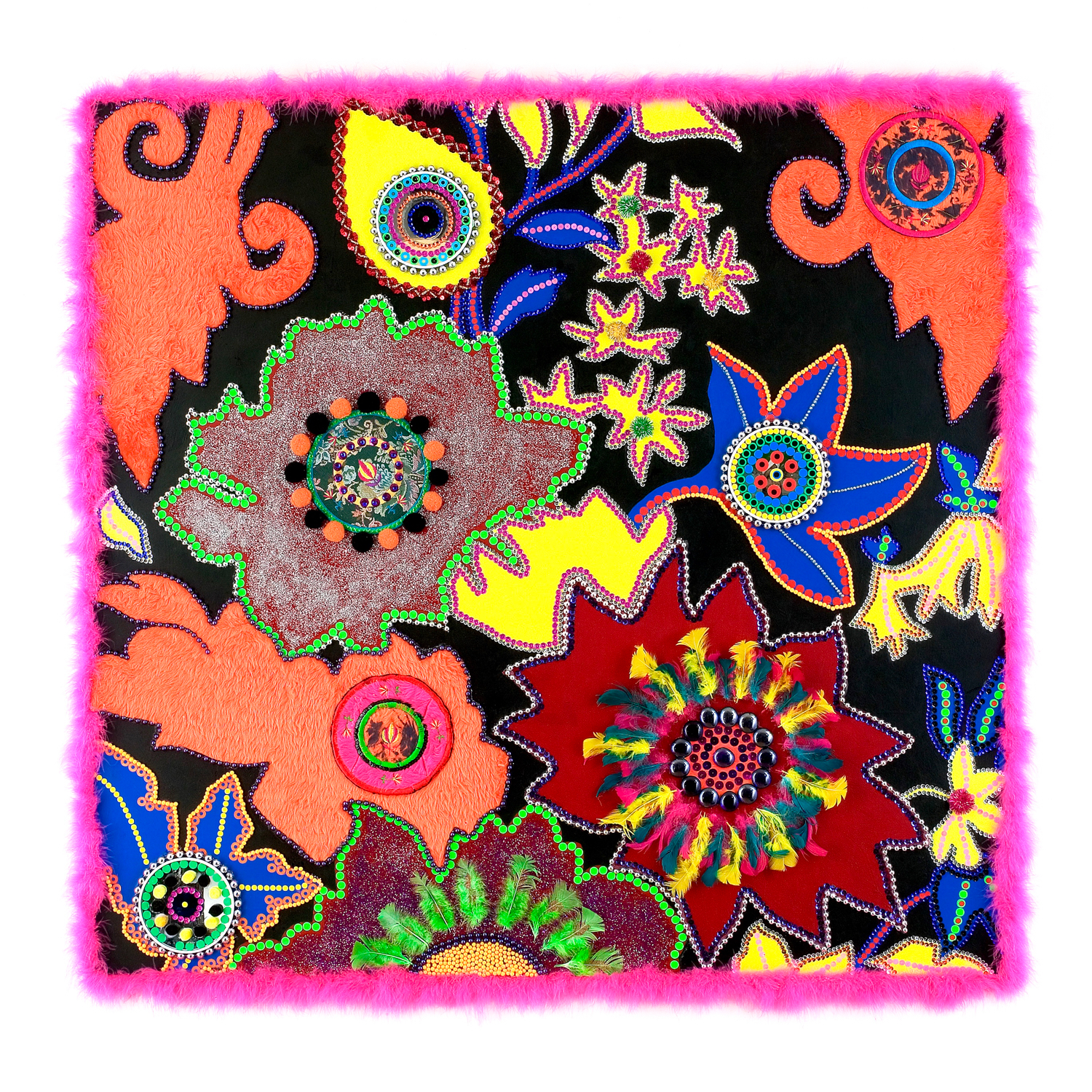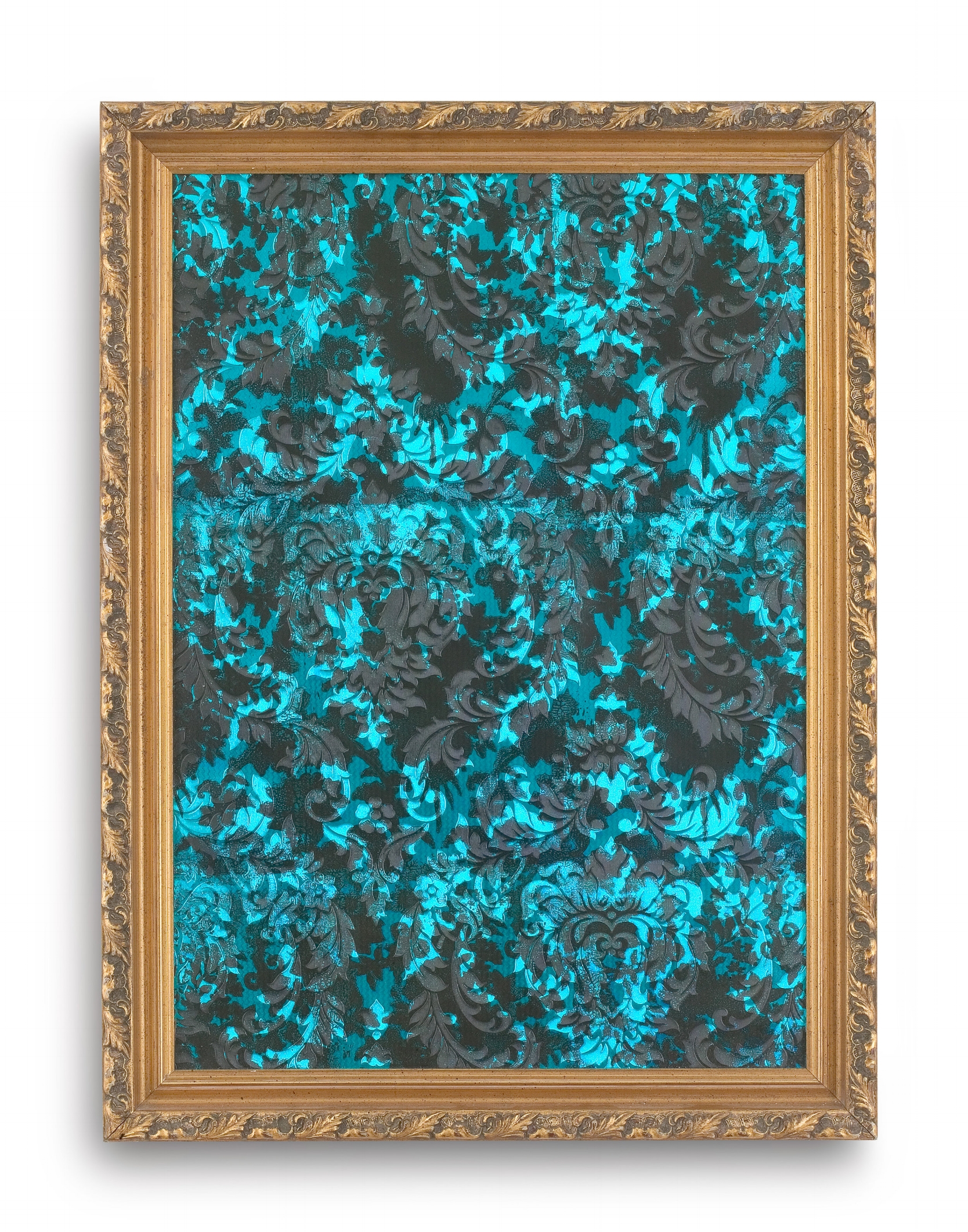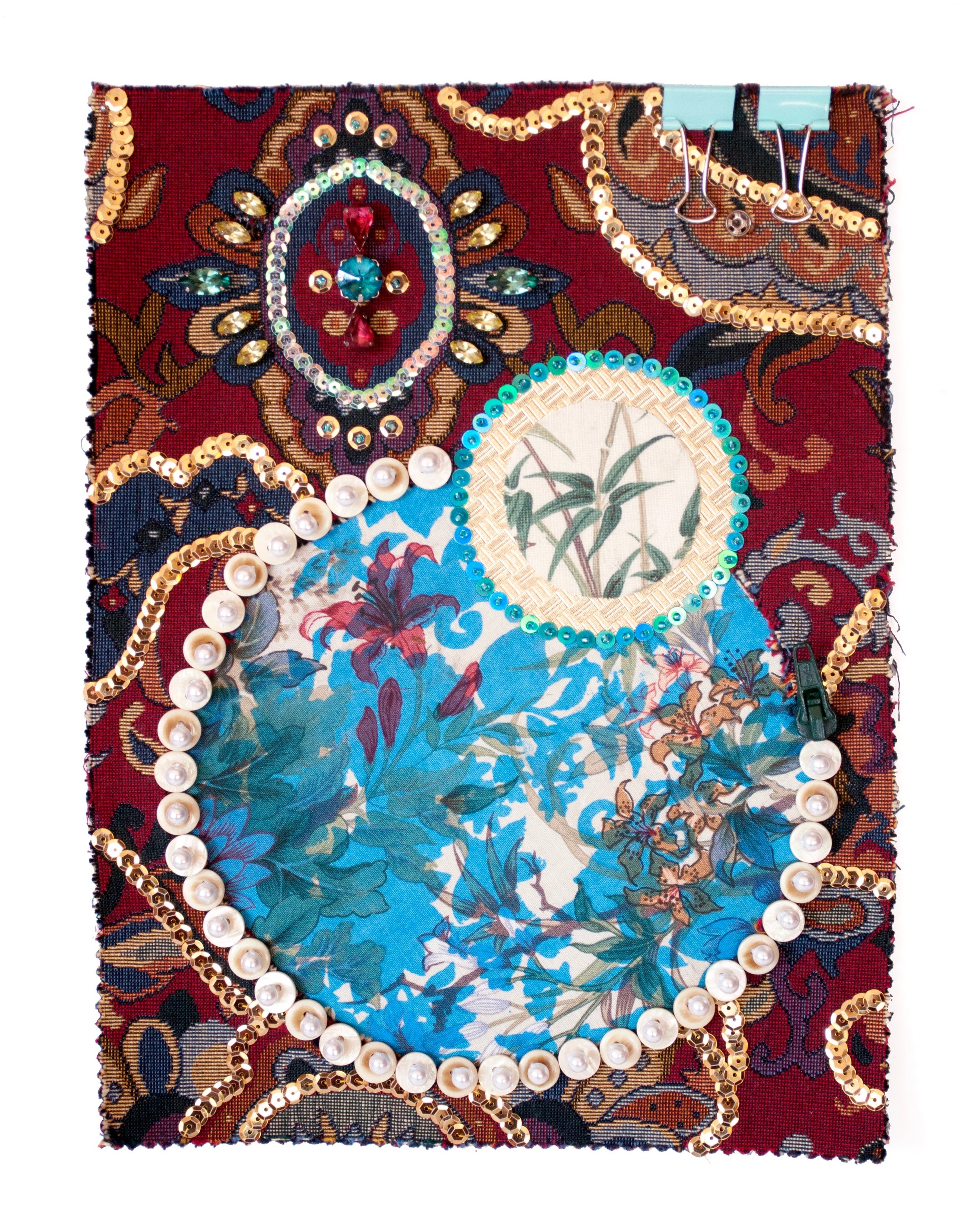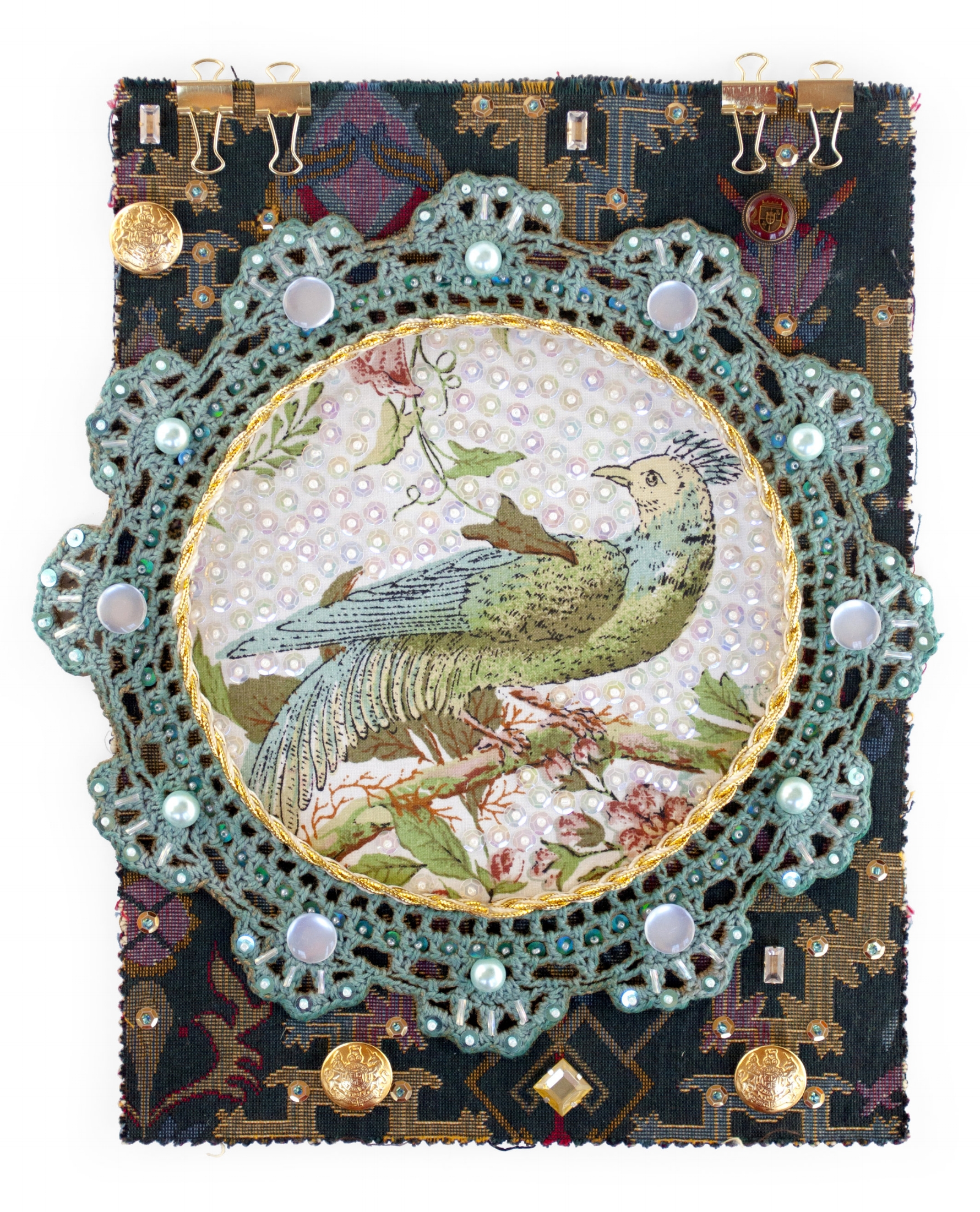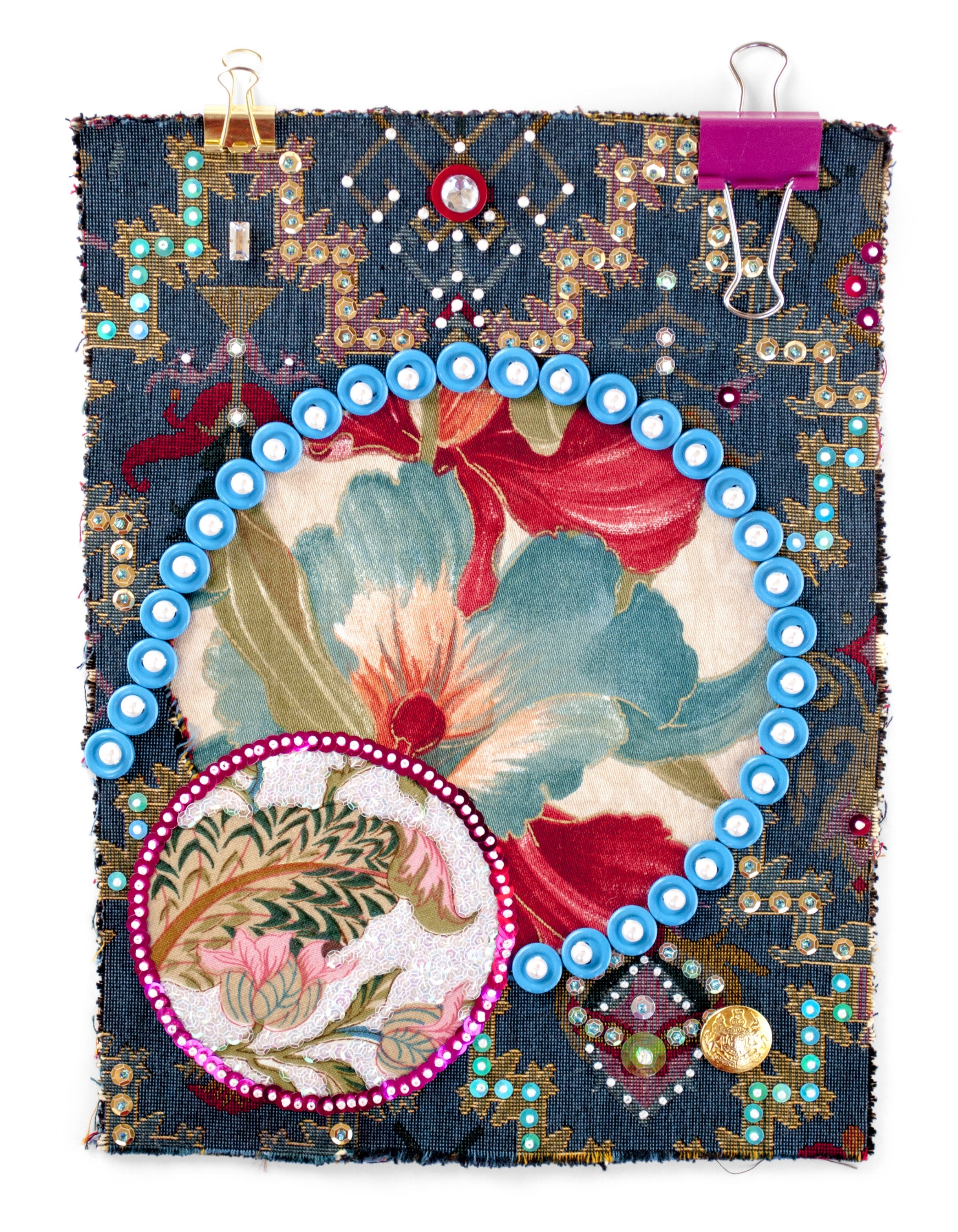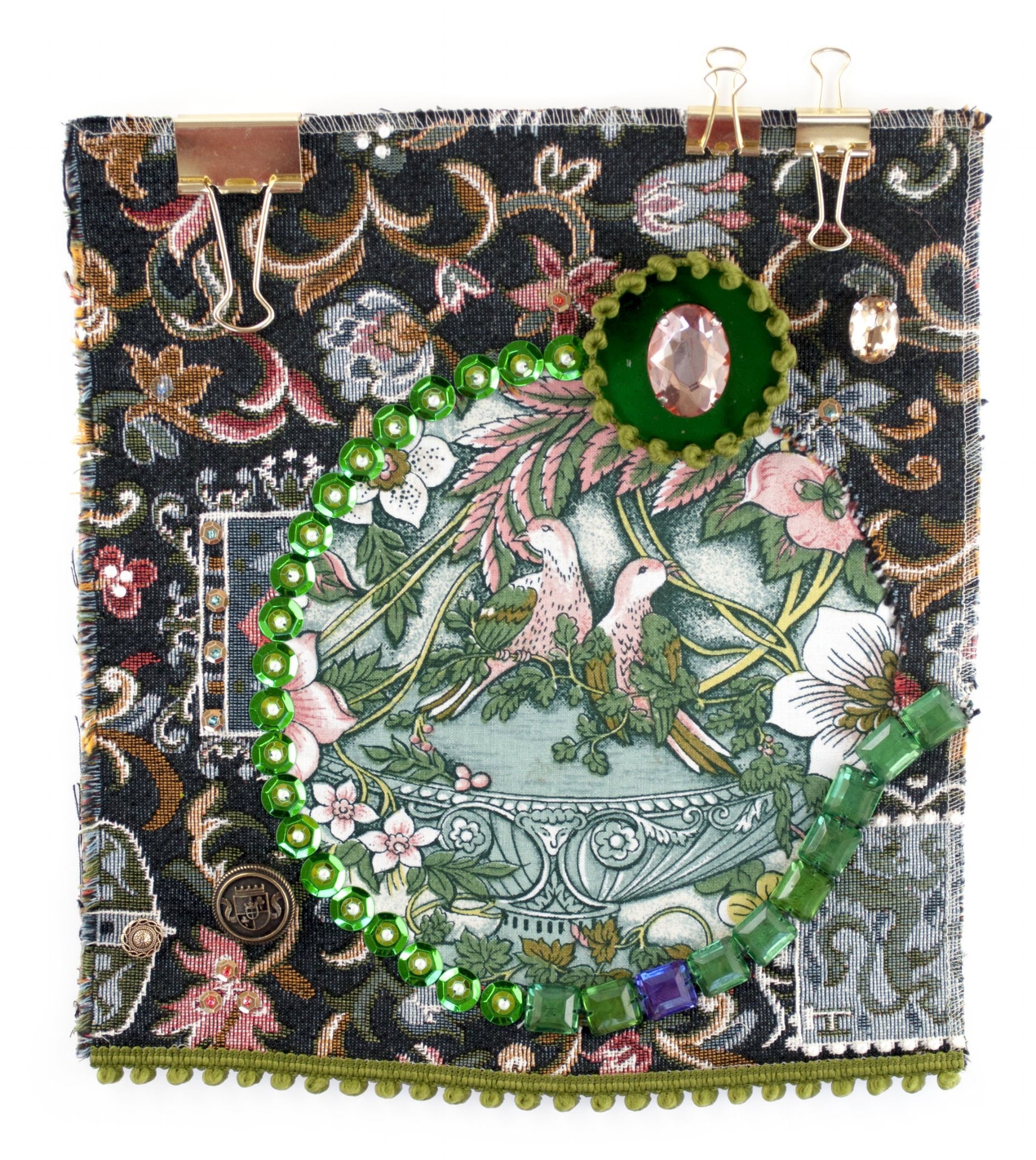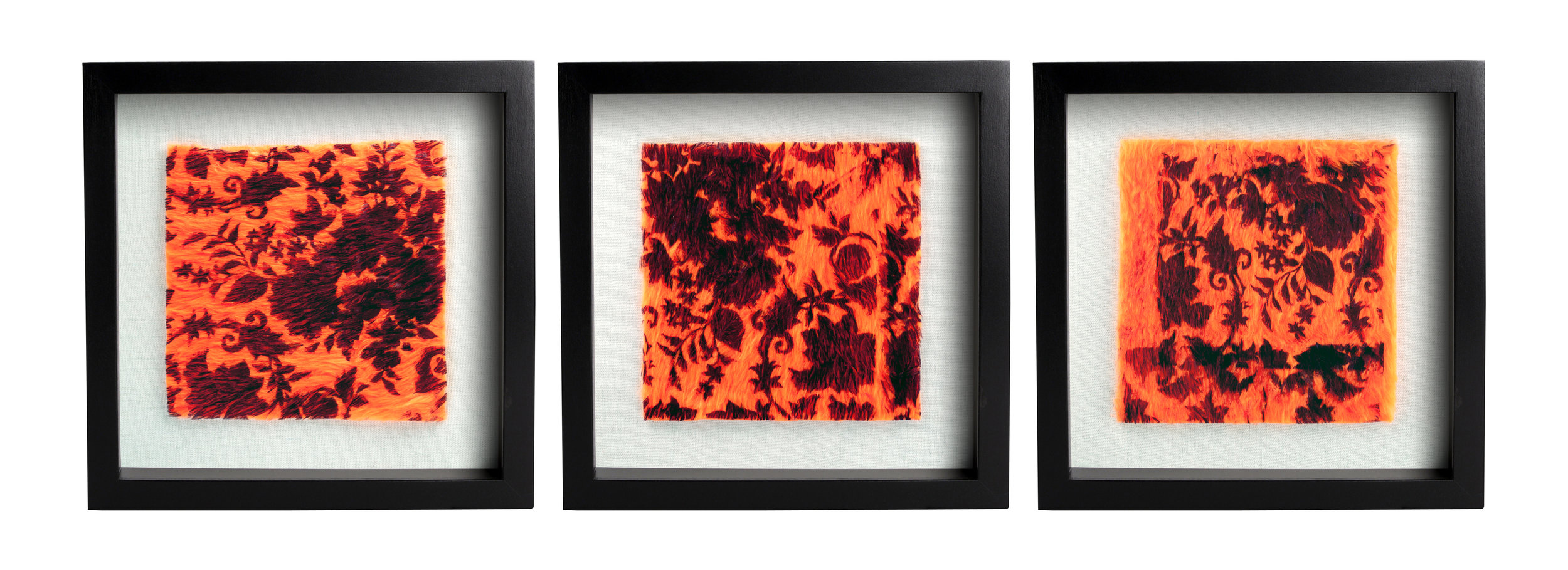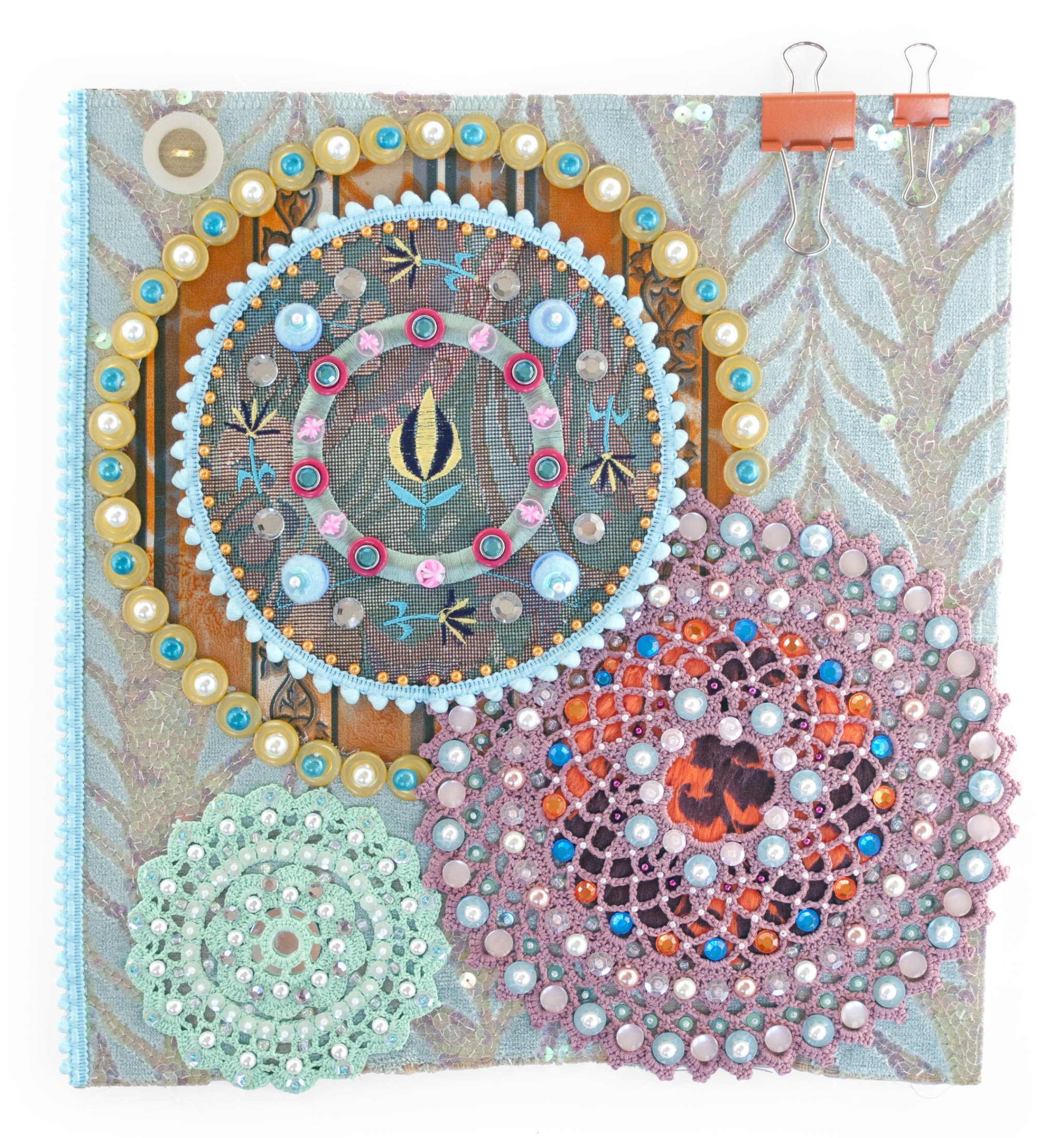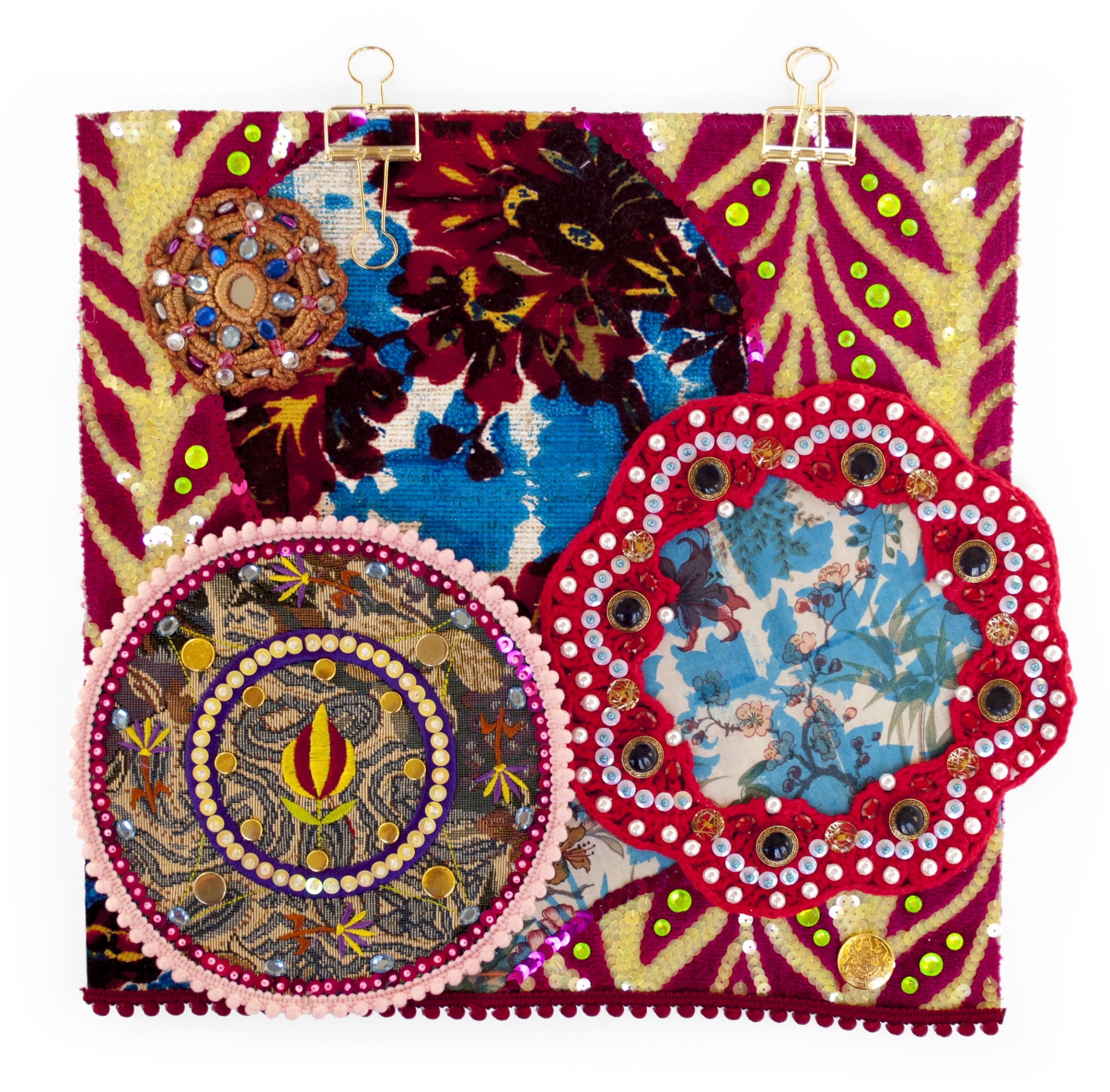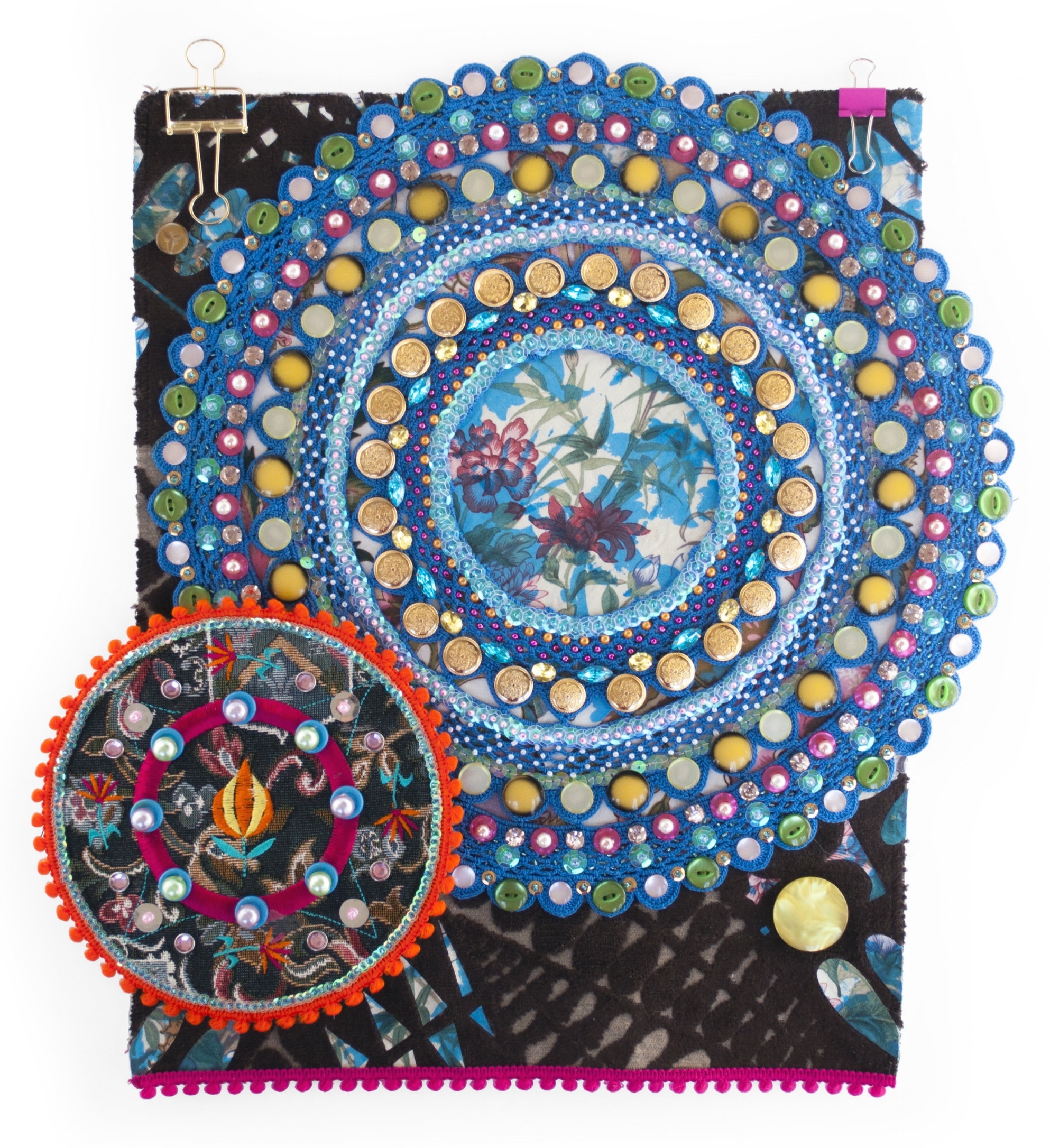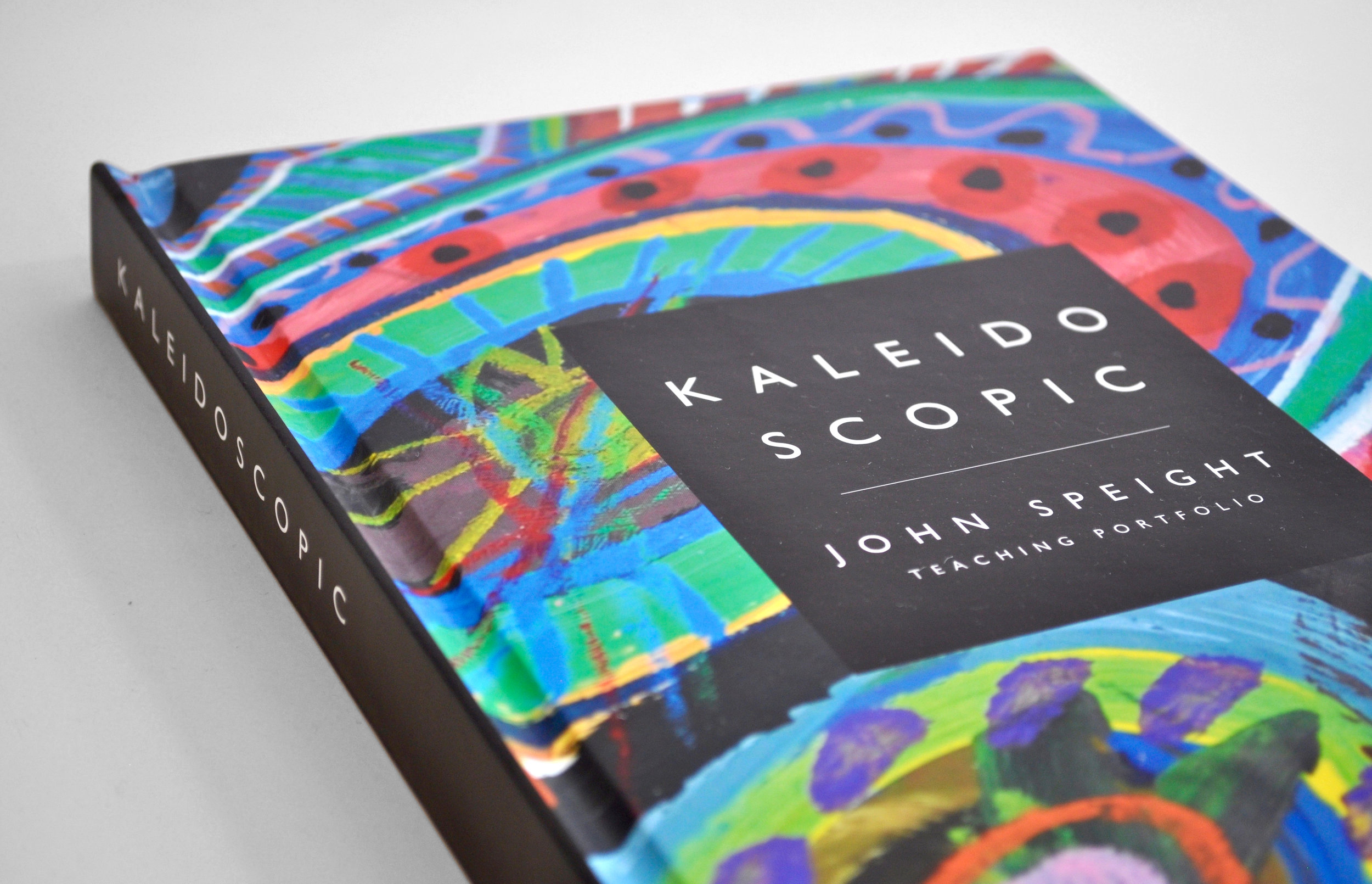







Inspired
Inspired
“John’s classroom is truly a feast for the eyes– children’s work is displayed thoughtfully, relevantly and attractively, causing a true ‘wow’ moment when you walk in.”
Hello, and welcome to my online teaching portfolio. My name is John, and I pride myself in being a dynamic, enthusiastic, results-oriented art educator with over nine years international teaching experience among both primary and secondary art students. A Goldsmiths graduate, I am an accredited moderator of Cambridge IGCSE coursework and have successfully led art departments in facilitating indelible creative learning experiences for students in schools in: London, England; Almaty, Kazakhstan; Seoul, South Korea; and Hanoi, Vietnam.
As an art educator, I stress the importance of understanding, appreciating, and contributing to the wealth of our collective visual heritage. I encourage my students to harness and express their personal vision and creativity, build analytical and evaluative competence, and strengthen their critical and cultural understanding through the study and practice of art.

Philosophy
Philosophy
All our lives are touched by the visual arts, and if prehistoric art offers any insights into the human condition, it is the enduring centrality of art in understanding and appreciating the world around us and our place in it. Through art, we assert our creativity, develop and hone technical skills, and express ourselves by sharing our stories and worldview. Art plays a critical role in helping children develop their motor skills, and, through art, they too make sense of their surroundings and stamp authority on their experiences.
I teach because I profoundly believe in the education of art and I enjoy working with young people, who never fail to impress me with their abilities to think laterally and to create intuitively.
As an art educator, I am acutely aware of the potential magnitude of my role in shaping my students’ formative experiences as artists and creatives. I wish to be a positive influence for my students, which is why I am dedicated to ensuring that each student has frequent and multiple entry points for enjoying the art-making process. One of my overarching goals is for students to be at ease with taking creative risks and making mistakes so that they can more skillfully manipulate materials and more fully express their creative voices. I do my best to serve as an inspirational springboard for my students, and I take great pride in them and their work.

Primary Art
Primary Art
“The status of primary art here at Dulwich College has clearly risen under John’s stewardship.”
Year 1 Collage Pizza
Students discussed the colours and shapes found in pizzas and their various ingredients and toppings, from cheese and tomato sauce to olives and red onions. They developed and honed their spatial skills by cutting, pasting, and manipulating tissue and construction papers to create their own slice of collage pizza.
Year 2 Candy Houses
For their unit centered of the theme of Home, students were encouraged to be as imaginative as possible in creating their own Home Sweet Home. Colour pencil studies served as the starting point for 3-dimensional candy houses, which they constructed from cardboard and embellished with an array of materials, including corrugated card, chenille stems, popsicle sticks, sequins, buttons, and fiber fill.
Year 3 Canopic Jars
Students learned about the ideas, symbols, and conventions of ancient Egyptian art, and more specifically, canopic jars– vessels for storing and protecting the organs of deceased pharaohs in the afterlife. They practiced communicating value and form in colour pencil studies, and they developed skills in ceramics by creating a canopic jar in clay.
Year 4 Hot Air Balloons
As part of their unit on Transportation, students constructed papier-mâché hot air balloons using balloons, newsprint, and paper cups. In their improvised designs for the envelope and basket, they explored mark-making and art elements of line, pattern, and colour. They were encouraged to use lines to break up the surface of the envelope into smaller shapes and patterns, as well as to 'take the line for a walk' when it was not immediately obvious how they would proceed. Students were also encouraged to consider how they would use colour in their designs, either to complement, to contrast, or to harmonize.
Year 5 Fish
Students used a range of different mediums and techniques to produce imaginative, highly patterned images of tropical and exotic fish. They conducted oil pastel studies, where they experimented with subtractive techniques; they made mixed media collages using newspaper, paint, and chalk pastels; and they also worked with printmaking techniques to produce colourful polyblock prints.
Year 6 Victorian Teapots
Coinciding with their history lessons on Victorian Britain, students discussed the origins of British tea culture and examined the varied designs of Victorian tea sets. Students practiced communicating value, shape, and form in observational charcoal drawings, and they later practiced colour mixing in their paintings.

Secondary Art
Secondary Art
Year 7 Interlace
Students explored art elements of line and pattern through studies of Celtic and Islamic interlace, Insular Art, and Norse Art. They studied the looping, braiding, and knotting of decorative geometric designs through observational drawing, and they applied their observations and creative sketches to produce interlace designs in a ceramic relief tile.
Year 8 Masks
Students built on previous studies in portraiture with seminars about masks from different areas of the globe: the masks of the damas of the Dogon people in Mali, Noh masks in traditional Japanese theatre, Venetian Carnivale masks, and those of the Mexican Dia de los Muertos festivities. They then created their own 3-dimensional masks using a variety of materials.
Year 9 Coffee Portraits
Students learned about Vik Muniz's Pictures of Garbage– a series of portraits of Rio de Janeiro's garbage pickers made from recyclable materials that flood into the world's largest landfill, Jardim Gramacho. Students were challenged to consider the wide variety of materials that can be used to make art and the ways in which material can direct a viewer's understanding of an artwork. In this project, they recreated iconic portraits by tracing the image onto tracing paper and building up value with ground coffee.
Year 10 Still Life
Students established foundational knowledge in the elements of art, the principles of design, and various compositional strategies, which they further developed through still life observational drawing, painting, collagraph printing, and collage. They learned about Vanitas, Sensationalist, Post-Impressionist, and Pop Art approaches to still life and applied their insights to explore varied approaches and possibilities in the genre.
Year 11 Portraiture
Students explored the visual and conceptual elements of portraiture through life drawing, painting, printmaking, and collage. They also built on studies in human anatomy to consider wider issues of culture, identity, and diversity.
Art historical and contemporary references were discussed, including Baroque, Fauvist, and Cubist approaches to portraiture, as well as the work of Cindy Sherman and Kerry James Marshall. The term culminated in a self-directed final project in which students chose one of four themes to generate a creative and personal response to the genre.
Years 12 & 13 A-Level
The A-Level Art & Design programme offers a flexible but demanding 2-year course for aspiring artists, designers, and prospective university students to assemble a portfolio of completed artworks. In this time, students are challenged to hone technical skills, build critical and conceptual awareness, and improve the clarity by which they communicate their creative voices.
They are expected to engage in independent, thoughtful, and comprehensive research; rigorously investigate medium, content and function, the work of contemporaries and artists of the past, and realise their personal artistic objectives.

Extracurriculars
Extracurriculars
Textiles ECA
Working just under an hour each week, middle school students spent the Autumn 2019 semester making Matisse-inspired collages and applying textile fundamentals to design and produce textile cushions. Like Matisse, they used scissors rather than a paintbrush to construct abstract and colourful decorative images with cut paper. Using their collages as full-scale references, they began cutting felt for their cushions, adhered the pieces using Bondaweb, learned how to sew buttons, and stitched the panels of their cushions together with a running stitch.
Art ECA
For Art ECA during the Autumn 2018 semester, middle school students looked at the work of Yinka Shonibare, who uses wax print heavily in his work, drawing on their popularity as “authentically African” fabrics. Each middle school student worked on a disc, painting designs seen in waxprint fabrics, then embellished with odds and ends such as corks, bottle tops, felt tip marker caps, and popsicle sticks. They then worked together painting the background to mobilise their discs in a kaleidoscopic arrangement of lines, shapes and patterns, titled Roman Candles.
Saturday Art Club
This arts enrichment programme was run one Saturday each month and offered to students with a passion for the arts several opportunities to work on projects across and beyond the curriculum. Projects included painting, textile work, sculpture, and mask-making. Students also participated in a local community art competition about family.
Ceramics Club
A weekly after-school ceramics club was held for earthenware enthusiasts Year 7 and up. It was open and accessible to students at every skill level, including those who had never worked with ceramics before.
The club provided students with an opportunity to learn, practice, and perfect their skills in hand-building, sculpture, decoration, and firing. Open-ended project briefs were set and more experienced students were encouraged to pursue their own projects.

Artistic Practice
Artistic Practice
In my work as a textile artist, I playfully borrow elements from wallpaper and fabric design to create indulgent and grandiose collages. Seeking to manipulate and deconstruct pattern in innovative and colourful ways, I bring together upholstery fabric swatches with pre-existing and original patterns and design motifs ranging from the floral to the animalic.
Various combinations and sequences of beads, buttons, and sequins frame a familiar porthole– a window into the image. White pearls and gold buttons lend an air of opulence, whilst zippers and office clips bring a taste of the mundane; creating a tension between the sumptuous and stately with the gaudy and incongruous– between what is tasteful and what is distasteful. Patterns meet with one another in a dazzling, prismatic dialogue.

Portfolio
Portfolio
Thank you again for taking the time to view a selection of my work as a teacher and the work of my former students, whose artistic studies and creative explorations have been and continue to be a source of personal and professional inspiration for me.





